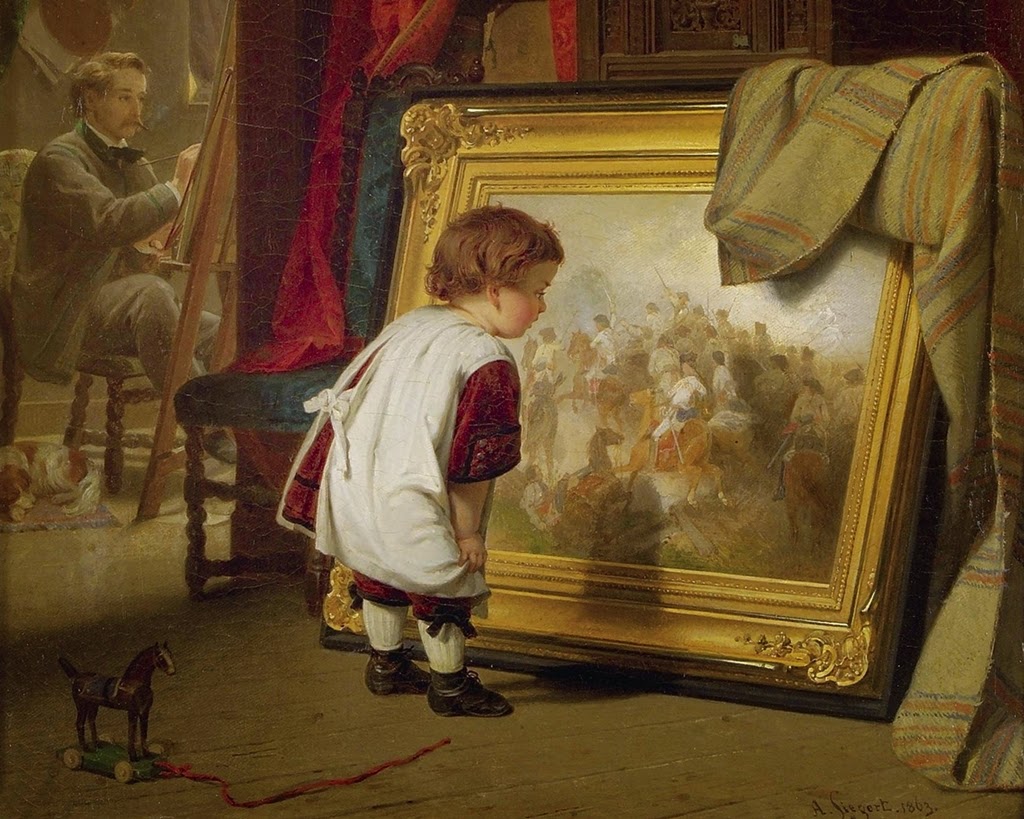August Friedrich Siegert (1786-1869)
German Art has a long and distinguished tradition in the visual arts, from the earliest known work of figurative art to its current output of contemporary art.
Germany has only been united into a single state since the 19th century, and defining its borders has been a notoriously difficult and painful process.
For earlier periods German art often effectively includes that produced in German-speaking regions including Austria, Alsace and much of Switzerland, as well as largely German-speaking cities or regions to the east of the modern German borders.



.jpg)
.jpg)



